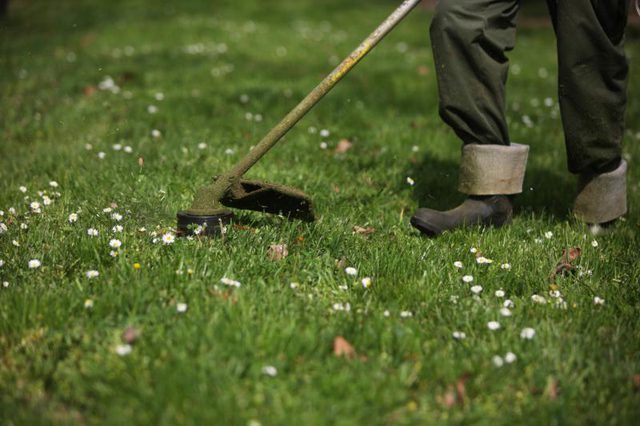Bulbs
Flower Basics
Flower Beds & Specialty Gardens
Flower Garden
Garden Furniture
Garden Gnomes
Garden Seeds
Garden Sheds
Garden Statues
Garden Tools & Supplies
Gardening Basics
Green & Organic
Groundcovers & Vines
Growing Annuals
Growing Basil
Growing Beans
Growing Berries
Growing Blueberries
Growing Cactus
Growing Corn
Growing Cotton
Growing Edibles
Growing Flowers
Growing Garlic
Growing Grapes
Growing Grass
Growing Herbs
Growing Jasmine
Growing Mint
Growing Mushrooms
Orchids
Growing Peanuts
Growing Perennials
Growing Plants
Growing Rosemary
Growing Roses
Growing Strawberries
Growing Sunflowers
Growing Thyme
Growing Tomatoes
Growing Tulips
Growing Vegetables
Herb Basics
Herb Garden
Indoor Growing
Landscaping Basics
Landscaping Patios
Landscaping Plants
Landscaping Shrubs
Landscaping Trees
Landscaping Walks & Pathways
Lawn Basics
Lawn Maintenance
Lawn Mowers
Lawn Ornaments
Lawn Planting
Lawn Tools
Outdoor Growing
Overall Landscape Planning
Pests, Weeds & Problems
Plant Basics
Rock Garden
Rose Garden
Shrubs
Soil
Specialty Gardens
Trees
Vegetable Garden
Yard Maintenance
How to Restring a Black & Decker Weed Eater
How to Restring a Black & Decker Weed Eater. Black & Decker manufactures a number of corded and cordless string trimmer models, including one with a lawn mower-type chassis that you can use to cut the grass. Because these trimmers are intended for light-duty residential weed trimming, lawn cutting and edging, they accept only 0.065-inch string,...

Black & Decker manufactures a number of corded and cordless string trimmer models, including one with a lawn mower-type chassis that you can use to cut the grass. Because these trimmers are intended for light-duty residential weed trimming, lawn cutting and edging, they accept only 0.065-inch string, which is one of the thinnest-diameter microfilament strings available. Most models have spring-loaded lever that automatically advances the string -- you don't need to bump the head. When the string runs out, you can exchange the spool for a preloaded one, or you can simply rewind the string head.
Things You'll Need
Rag
0.065-inch round trimmer string
Knife
Unplug the trimmer or remove the battery. Lay it on a flat surface so that the trimmer head is facing you.
Grasp the two tabs on the sides of the trimmer head cap with one hand and depress them. Pull the cap off and remove the spool.
Look inside the head, inspect the spring-loaded lever and replace it if it has come off its post. Clean grass and dirt from inside the head with a clean rag. Pull off any old string that remains on the spool and wipe grass and dirt off the spool with a rag.
Unwind about 2 feet of round 0.065-inch microfilament string from a bulk spool and make a 3/4-inch bend in the end. Feed the end through one of the anchoring slots on the rim of the spool and push the end into the hole adjacent to that slot.
Wind the string around the hub in the direction of the arrow displayed on the top of the spool. Lay each winding next to the previous one and avoid crossover. Stop winding when the outer edge of the string is flush with the recesses on the rim of the spool. Cut the string from the bulk spool with a knife.
Feed the end of the string through the hole in the string head and replace the spool onto the post inside the housing. Give the spool a little twist to seat it onto the automatic-feed lever.
Replace the cap by pushing it down onto the head until the two locking tabs click. Pull the end of the string out and cut off any part that extends past the trimmer deflector.
Tips & Warnings
Don't overload the string head, or the string won't advance properly. It's fine to partially load the head, however, if you don't have enough string to load it all the way.
Black & Decker string trimmers are not bump-feed models. You can damage the string advance mechanism by bumping the head on the ground.